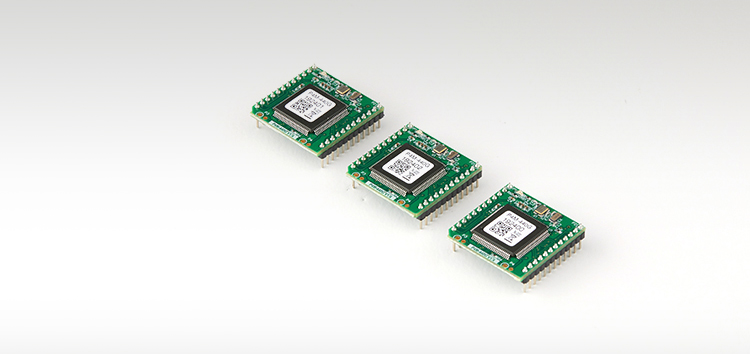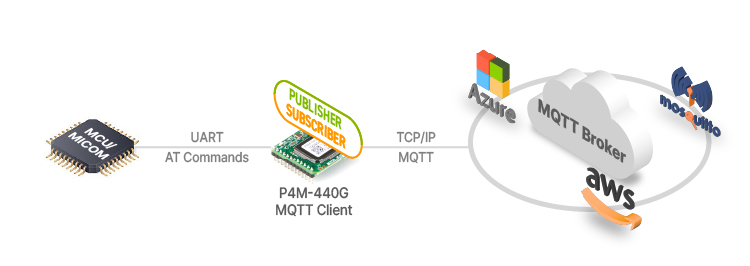

MQTT (Message Queuing Telemetry Transport) is a lightweight messaging protocol primarily used for efficient data transmission between IoT (Internet of Things) devices and applications.
MQTT is one of the widely used protocols today for efficiently and rapidly transmitting data in various applications, including IoT systems, sensor networks, monitoring, and control applications.

MQTT has the following key features:
1. Lightweight Protocol: MQTT is considered a lightweight protocol because it has small message sizes and low connection setup and maintenance costs.
This makes it efficient for use in IoT devices with limited resources.
2. Publish/Subscribe Pattern: MQTT employs a publisher-subscriber pattern.
Publishers send messages to specific topics, and interested subscribers subscribe to those topics to receive the messages.
3. Quality of Service (QoS) Levels: MQTT offers three service levels to control message delivery quality, minimizing data loss and allowing control over message delivery reliability
- QoS 0: No message delivery guarantee.
- QoS 1: At least once message delivery guarantee.
- QoS 2: Exactly once message delivery guarantee.
※ Note: Sollae Systems' MQTT client supports QoS levels 0 and 1.
4. Flexible Topic Structure: MQTT uses topic structures to address messages.
This topic structure allows logical grouping and management of data.
5. Persistent Connection: MQTT clients maintain a connection with a broker and can exchange messages.
This connection operates over TCP/IP and supports encryption and authentication when needed.
6. Cross-Platform Compatibility: MQTT is implemented in various programming languages and platforms, making it suitable for use in diverse environments.
